How to Create a Software Requirements Specification (SRS) for Your Project
A solid foundation for successful product development is a software requirements specification (SRS). In this post, we will show you how to create a high-quality SRS document.
What is the beginning of a software engineering project? There are two common scenarios:
Case #1: It all starts with requirements elicitation, which is when you tell your engineering team exactly what you want to achieve with your application.
Case #2: You approach your development team, ask them to create an app similar to Instagram, and expect them to begin coding right away.
You are aware of the best approach. Although many business owners overlook this stage, the importance of requirements elicitation should not be overlooked. It is critical to begin your project by gathering and organizing software requirements. But, you may be wondering, what is the proper way to go about it. The solution is to write a software requirements specification (SRS) document. In this post, you’ll learn what a software requirements specification is, why it’s important for your project, what its main characteristics are, and how to create an SRS document that benefits you and your team.
What is an SRS document and why is it important for your project?
A software requirements specification (SRS) describes what and how an app will function. This document is intended to describe the business and technical aspects of a software project to team members and stakeholders.
A business analyst is in charge of creating an SRS document (BA). A business analyst meets with the product owner, customer, or stakeholders to discuss the project and structure all of their plans and expectations in the form of requirements. The BA can consult with other team members such as developers and testers to improve the accuracy of the document, but the final result is the BA’s responsibility.
A software requirements specification is typically created by a BA during the discovery phase of a project. It is, however, possible to write it in the middle of a project. For example, if you worked with one development company without an SRS and then decided to switch vendors, your new vendor will almost certainly offer to create an SRS. When switching to a new vendor, you may also want to create a new SRS (or improve an existing one) if your current SRS does not fully reflect your current software requirements.
The length of an SRS document varies depending on the complexity of the project. The length and quality of the document are unrelated, but it is critical to make the SRS as precise as possible.
Benefits of creating an SRS
A software requirements specification provides a number of advantages:
- Estimated time and cost. A list of features that should be developed is included in an SRS document. With this list of features in hand, software engineers can estimate how much time they will need for development. It is also possible to estimate development costs using time estimates. Furthermore, when a team understands what tools and third-party services are required for development, they can offer less expensive alternatives to stay within budget.
- Workflow management. The SRS is a manual for every team member who works on the project, and it contains all of the information needed for teammates to communicate effectively. An SRS ensures collaboration among all team members by providing a detailed description of features, their prioritization, and valuable guidelines for developers, testers, and designers.
- Agreement between the development team and stakeholders. Because the product owner and development team use the same document as a guide for product development, they should share a common vision and set of expectations. As a result, the possibility of misunderstandings and miscommunication is reduced.
What happens if you don’t have an SRS?
While gathering software requirements has many benefits, some clients may prefer to skip this step to save time, effort, and money. Your project, however, is at risk if the requirements are not properly documented. Let us take a look at a few of them.
- Misunderstanding between stakeholders and the team. As we already mentioned, an SRS directs the development team and stakeholders towards one goal. If there’s no single guideline, it’s much more difficult for team members to work on a project effectively. Moreover, stakeholders’ expectations might differ from the team’s deliverables, which can lead to rework and conflicts.
- Prolonged time to market. The lack of an SRS results in numerous bottlenecks caused by a lack of cooperation within the team. The more bottlenecks, the more time a team needs to resolve them. Consequently, tasks take more time than usual, and the time to market increases.
- Risk of project failure. Although there are numerous reasons for project failure, the lack of a proper SRS is one of the major causes. Thirty-five percent of projects fail because the development team doesn’t know the exact software requirements.
Overall, an SRS is required for a successful project. It is now time to take a closer look at this document.
What does an SRS consist of?
A software requirements specification should be written in a way that everyone who needs it can understand. There is even a standard for creating an SRS (IEEE/ISO/IEC 29148). An SRS, according to the standard, should have three main parts: a product overview, requirements, and an appendix, each with several sections.
Product overview
This section of the SRS is intended to acquaint readers with the project on which they will be working. It is divided into the following short sections:
The introduction provides a brief overview of the software product that will be created. You can also list team members who will use the document in the introduction.
The goals you want to achieve with the software you create are known as objectives. It is critical to describe how the product will benefit your company in this section. Success criteria can also be defined.
The types of users section describes all of the users for whom your product was designed. Create buyer personas to properly define user types. To understand the pain points of your users, you should describe them in detail. It’s also critical to explain why people will use your software and how it will benefit them.
Requirements
This is the technical section of the document that gives developers, designers, and testers the information they need to create a product that meets the needs of the business and the users.
The work scope is a high-level representation of all the features that must be implemented in the software. This section is best represented as a table or diagram so that every team member can quickly assess the scope of work.
Functional requirements specify what a system should be able to do. They are expressed as if/then behaviors, data inputs and outputs, data handling logic, and so on.
Non-functional requirements specify how a system should function. This section is where stakeholders and the team define requirements that affect the usability of the product, such as security, testability, and scalability.
External interface requirements define four types of interfaces that influence the operation of a product: user interfaces, software interfaces, hardware interfaces, and communications interfaces.
User interfaces make it easier for users to interact with software. The way software and hardware interact is determined by hardware interfaces. Software interfaces are concerned with the interaction of software with databases, libraries, operating systems, and so on. Server protocols, browsers, email, and other communication channels used within software are examples of communication interfaces.
Appendix
The team and stakeholders place all information that does not fit in any of the previous sections in this section. The appendix can be different for each project. If you don’t have any additional information that can add value to your SRS, you can even skip it. If you decide to include an appendix, it should include the following sections:
A glossary of terms required for a thorough understanding of the project. If you use short forms and abbreviations throughout the document, include a list of them.
A references section lists documents that can be useful during development, such as useful materials, research, guidelines, and so on.
What can go wrong during development is predicted by assumptions and dependencies. You can list any difficulties you may encounter when working with third-party integrations, as well as solutions to these difficulties.
The structure we’ve described can be expanded or changed to meet the needs of your project. However, keep in mind that all information required for effective project work should be included.
Steps to create an SRS document
To make your SRS concise and valuable for all users, you should follow three steps.
- Gather business and user requirements. It’s impossible to create a high-quality SRS without understanding business and user needs, as they are the main things that help the team define the software’s functionality. As a rule, software development clients already know their business goals and understand who their target audience is. If for some reason you can’t define your business’s and users’ goals, a business analyst can help you figure them out.
- Decide on the structure of your document. While you can change the structure of the software requirements specification depending on your needs, it’s important to include all requirements so team members have a clear understanding of _what _operations the software needs to perform and _how _it should do so. To provide this information, you can take advantage of user stories. User stories describe in detail what app users will be able to do with the software. This format of user stories describes the functional characteristics of software and shows its value to users.
- Compile the requirements. Cooperate with a business analyst or project manager, software engineers, testers, and designers and tell them about your plans and expectations for the application you’re going to build. A BA or PM should document this information. If you decide to work on an SRS on your own, keep in mind the main characteristics of a high-quality software specification. Keep reading to learn about these characteristics in the next section.
Characteristics of an outstanding software requirements specification
Make sure your SRS document is complete, measurable, and accurate, whether you create it on your own or with the help of a development team.
Complete. You should detail software requirements so that document users don’t miss out on any development-related information. Include a description of each feature, as well as functional and non-functional requirements.
Measurable. Every point described in an SRS should be quantifiable. Determine how you will monitor the effectiveness and progress of development. Set deadlines and clear acceptance criteria for each feature you intend to develop.
Accurate. When writing the SRS, avoid ambiguity. At the same time, ensure that all technical details are included but written in simple language. The more readable the document, the more quickly team members can perceive and follow the information contained within it.
With that said, a software requirements specification should be thoroughly planned and written in simple words, and you should be ready to change it if needed.
Tools to create an SRS
While it is critical to concentrate on the essence of software specifications, the form of the SRS document should not be overlooked. The main thing to remember is that your SRS should be simple to share among all team members. Furthermore, you or a business analyst should be able to make changes to the document as needed. Let’s take a look at some of the most popular tools for creating an SRS document for your project.
Google Workspace
Google Docs and Google Sheets are two of the most basic tools for creating documents like an SRS. It’s simple to distribute Google Docs and Sheets to as many people as you need. Despite the fact that they are online tools, you can use them even if you don’t have an internet connection, which greatly increases their usability. Another benefit of using these Google web apps is that you can format your document in the most convenient way for you and your team.
Reqchecker
Reqchecker can be used as an additional tool to structure ready requirements. Reqchecker can import and unify Word, Excel, PowerPoint, and PDF files. Another advantage of Reqchecker is that it can generate documents in a variety of formats, including PDF, Excel, and Markdown, allowing you to select the format that is most appropriate for your use case.
Pearl
Pearl is an excellent tool for SRS creation because it was designed specifically to meet the needs of business analysts who frequently work with documentation. It has several features such as reusable assets, role management, and shared access. Pearl also enables users to generate an SRS with a single click once all requirement-related information has been entered.
Helix RM
Helix RM is yet another tool designed to make a BA’s work with requirements as simple as possible. It includes functionality such as requirements tracking, decomposition, revision, and prioritization. Helix RM’s integration with Slack, Jira, GitHub, and other software makes it easy to collaborate on requirements with all team members and stakeholders.
Each team has distinct requirements and a distinct budget. Requirements management tools typically provide both free and extensive plans that can cost several thousand dollars per year. It is up to you and your team to decide which tool to use to create your SRS.
Conclusion
Whatever application you intend to create, you should begin by developing a software requirements specification. An SRS is a detailed document that serves as the foundation for a successful project. It is typically created during the discovery phase of a project. Don’t overlook this critical stage of the development process if you want to work effectively with your software engineering team.


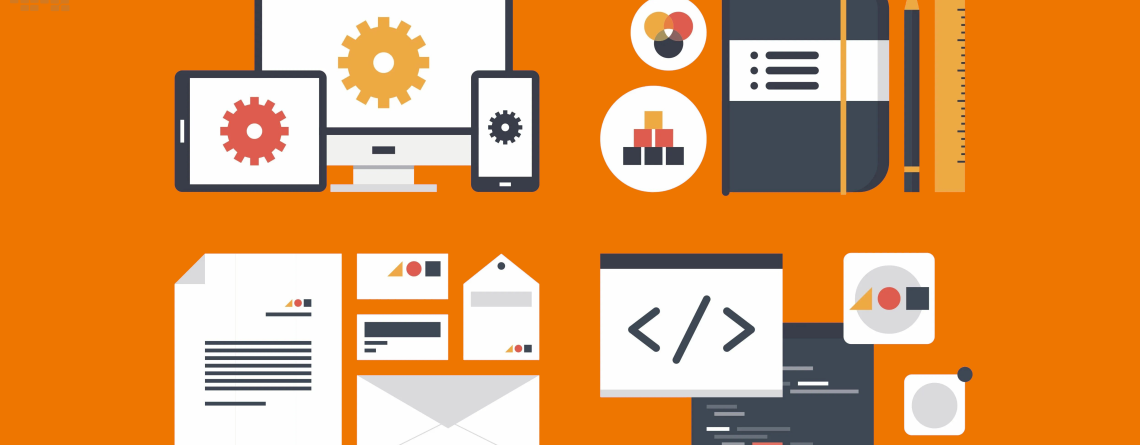
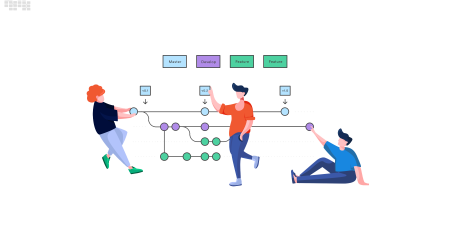
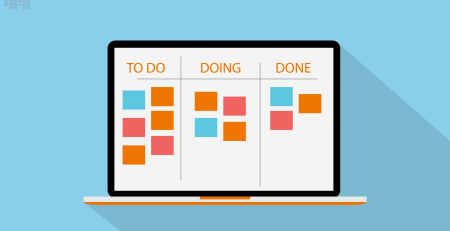
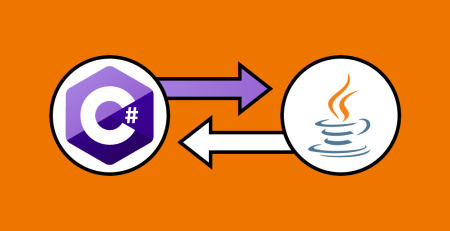
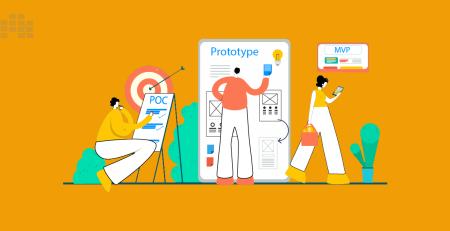
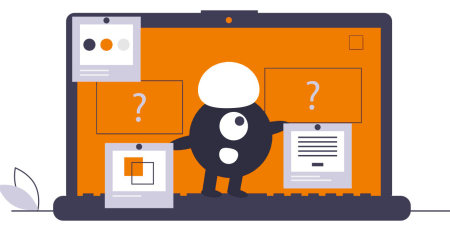

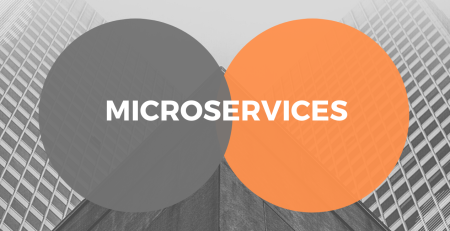
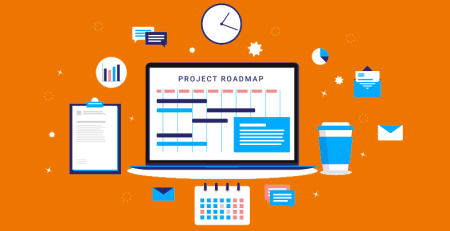
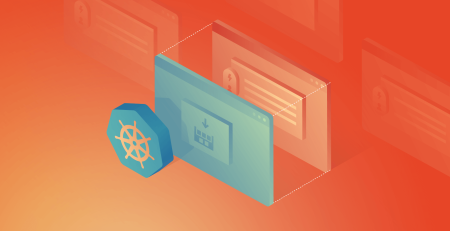

Leave a Reply